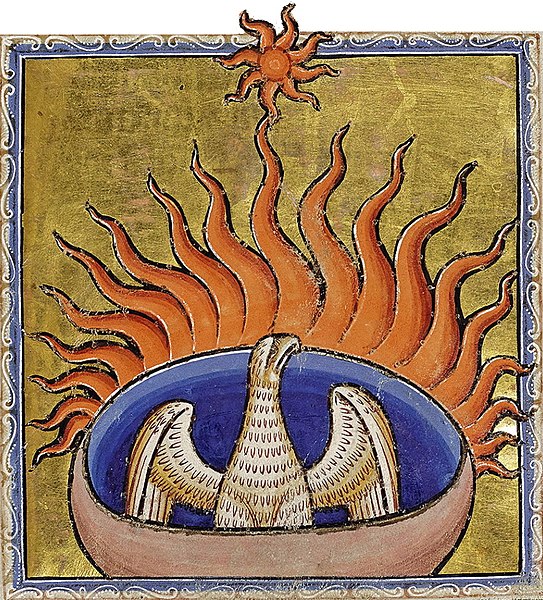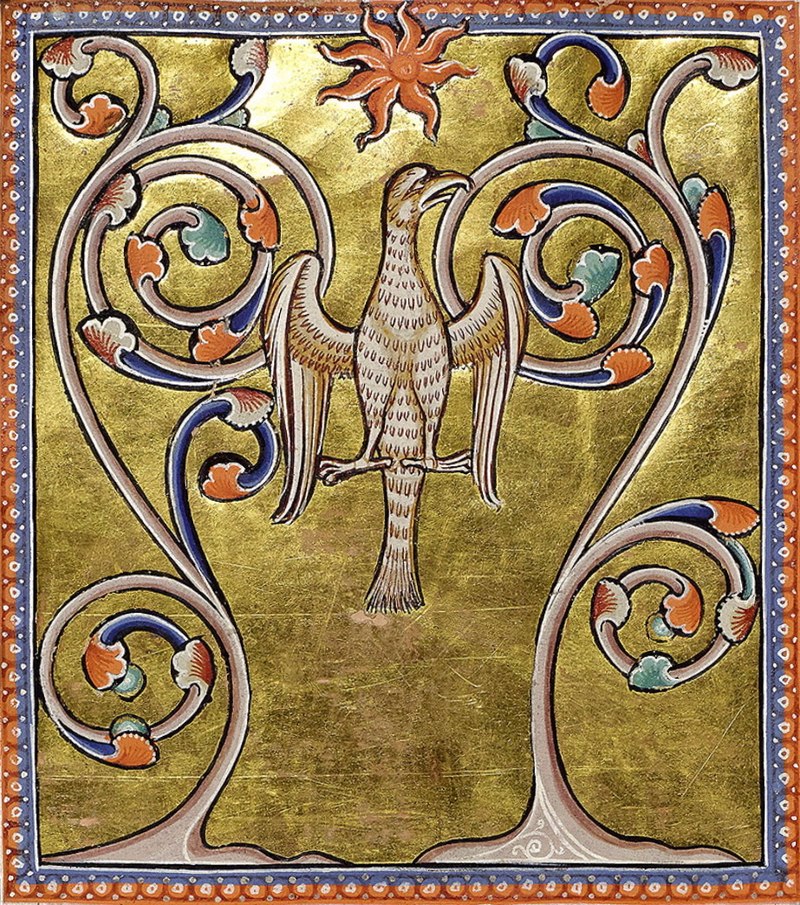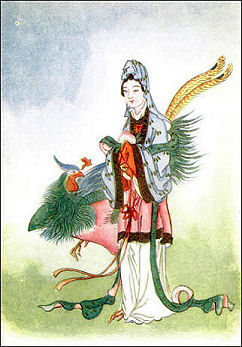
LIFE AS MYTH
![]()
JOURNAL
![]()
JOURNAL 2007
![]()
Following a white hart
Exploring myth & meaning
![]()
SUMMER 2007
Seeking the Ox
![]()
LIFEWORKS
![]()
ATLAS
![]()

SUMMER 2007
THE CHINESE PHOENIX
The Chinese phoenix is also known as the red bird or feng-huang, one of the four celestial guardians (dragon, tiger, turtle, red bird). The appearance of the phoenix signals auspicious new beginnings. Her disappearance signifies the opposite.
Feng-huang was originally two birds: the masculine Feng and the feminine Huang. Later Chinese mythology combined the two and identified it as feminine. Often seen in conjunction with the dragon, the merged symbol represents the paradoxical wholeness that results when harmony and conflict are both present.
The Chinese phoenix is not the same mythological symbol as the western phoenix. The western phoenix is a symbol of death and rebirth. Feng-huang is a symbol of immortality and thus represents the transcendence of death and rebirth.
(from top) Phoenix rising from the flames. Phoenix resurrected. Aberdeen Bestiary. 13th C. Aberdeen University Library. Aberdeen, Scotland; A Chinese phoenix, illustration for Toonneel van China. Artist unknown. 1664; Fenghuang. Usher. 2007; Hsi Wang Mu with fenghuang. By unknown Chinese artist courtesy of Project Gutenberg. Hsi Wang Mu is the personification of yin (the feminine principle) and a protector-guide for all Tao priestesses, appearing to them in dreams and visions throughout their spiritual life.





